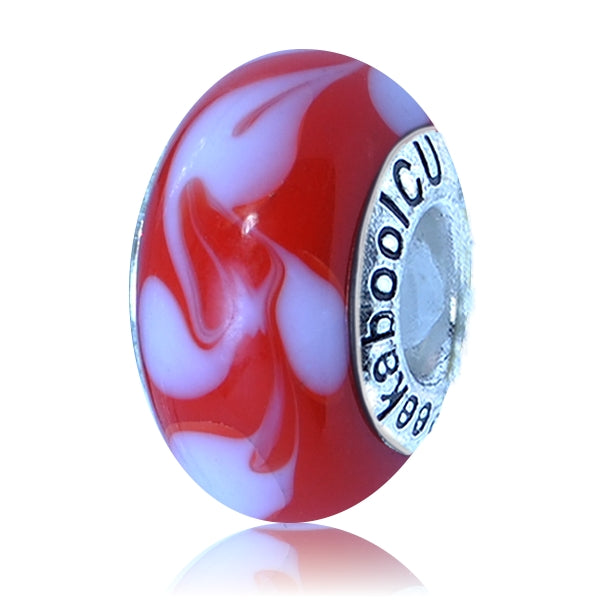PeekabooICU Baby
IVH Bead Intraventricular Hemorrhage
IVH Bead Intraventricular Hemorrhage
Couldn't load pickup availability
IVH Bead: This bead represents all those who have endured and suffered from the effects of intraventricular hemorrhage. An intraventricular hemorrhage; also called IVH, is bleeding into the ventricles in the brain. IVH can be mild or severe, depending on how much bleeding occurs. Some babies won’t have any long term effects from IVH, while babies with more extensive bleeds might have developmental delays or other lasting effects. Periventricular Leukomalacia (also known as PVL) means that the areas surrounding the ventricles in the infant’s brain have been damaged, or scarred. “Leuko” refers to the brain’s white matter and “periventricular” refers to the area around the ventricles. The ventricles are the 2 open areas on the top of the brain. In MRI scans of babies with PVL, these areas appear larger than usual.
The larger they appear, the worse the damage around them is. Leukomalacia means that the white tissue matter has scarring, or cysts, and is damaged. PVL is much more common in premature infants than in full-term infants.
A major cause is thought to be changes in blood flow to the area around the ventricles of the brain. This area is fragile and prone to injury, especially before 32 weeks of gestation.
The injury is thought to be caused by hypotension (low blood pressure), which can be secondary to a number of things including sepsis, seizures, meningitis, intraventricular hemorrhages (IVH), cardio-respiratory arrest or significant apnea.
Infection around the time of delivery may also play a role in causing PVL. The more premature the baby is and the sicker the baby is, the higher the risk for PVL.
PVL is one of the most important causes of cerebral palsy or CP, and other long-term handicaps. It is primarily seen in premature infants with the most prematurely born infants being the most likely to have this problem. It can only be identified by ultrasound, MRI scan, or CT scan of the brain. PVL is caused by insufficient blood flow to parts of an infants brain before birth, at delivery, or after birth.
Prematurity is the greatest cause of intraventricular hemorrhage, and most cases of IVH occur
in babies less than 30 weeks gestation or weigh under 1500 grams The smaller and more premature the infant, the higher the risk for IVH. This is because blood vessels in the brain of premature infants are not yet fully developed and are extremely fragile. IVH is more common in premature babies who have had respiratory distress syndrome and need oxygen support or who have high blood pressure. The condition may also occur in healthy premature babies who were born without injury.
Intraventricular hemorrhages usually take place early with 90% occurring within the first 3 days of life and are labeled by how severe the hemorrhage is. IVH falls into four groups, called grades; the higher the grade, the more severe the bleeding. Grades 1 and 2 involve a small amount of bleeding and do not usually cause long-term problems. Grades 3 and 4 involve more severe bleeding, which presses on or leaks into brain tissue. Blood clots can form and block the flow of cerebrospinal fluid, leading to increased fluid in the brain called hydrocephalus.
This bead represents all those who have suffered from the effects of IVH including enduring a shunt, the worries and multiple surgeries that may come along with it.
This bead represents all those who have suffered from PVL, and symbolizes their determination and dedication to continue to battle and overcome the effects of PVL
Share


